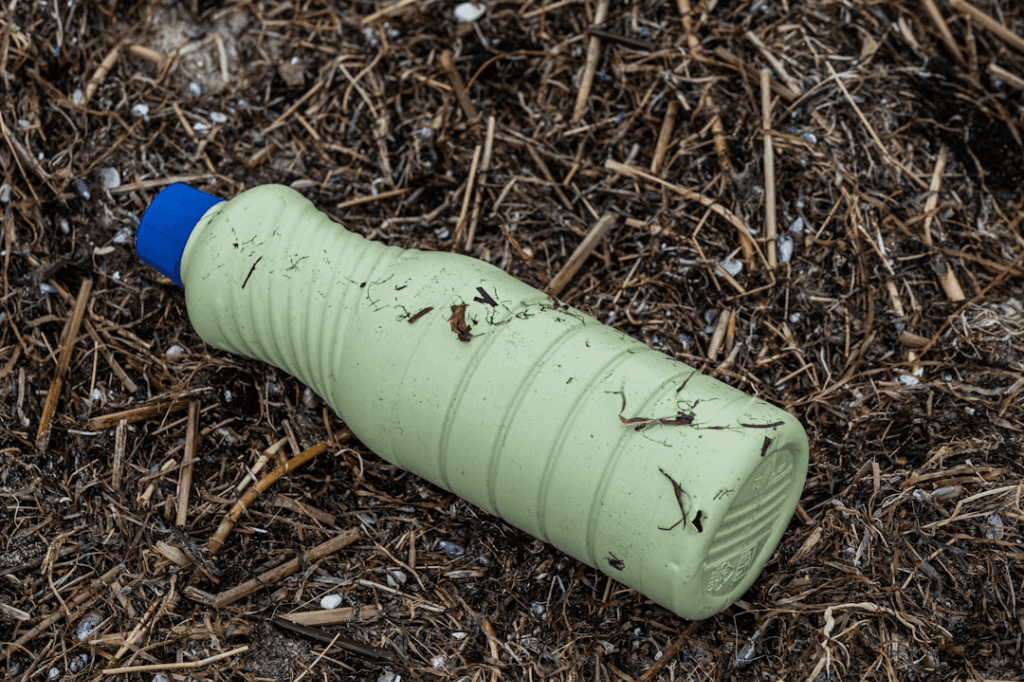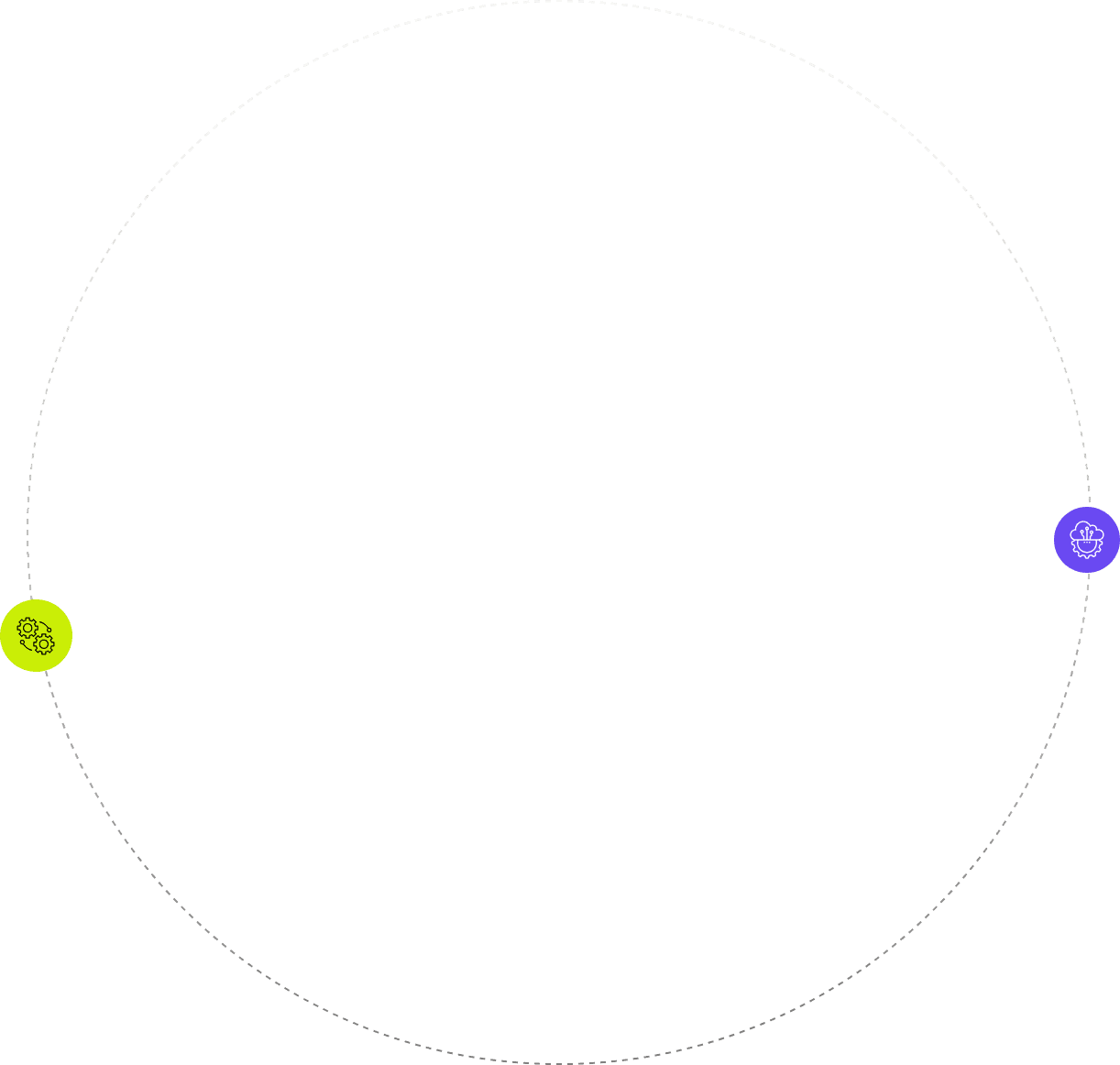Kunal Chopra
Dec 6, 2024
The Countdown to Compliance: Understanding the 2025-2026 PFAS Deadlines
PFAS (per- and polyfluoroalkyl substances) may not be a term everyone knows, but their impact on industries and the environment is immense. These chemicals have been integrated into countless manufacturing processes and consumer products, earning them the nickname "forever chemicals" due to their persistence in the environment and human body.
For regulatory compliance officers, industry suppliers, environmental experts, and corporate sustainability leaders, the 2025-2026 PFAS compliance deadlines represent a significant challenge—but also an opportunity. Understanding these new frameworks will not only ensure compliance but also demonstrate leadership in addressing a global environmental challenge.

What Are PFAS?
PFAS are a family of synthetic chemicals used in a wide range of products due to their unique properties, such as heat resistance, water repellency, and nonstick capabilities. They’re found in everyday items like nonstick cookware, waterproof clothing, firefighting foams, and industrial equipment.
Unfortunately, PFAS are incredibly persistent. They don’t break down easily in the environment, leading to contamination of water sources and bioaccumulation in plants, animals, and humans. Numerous studies have linked PFAS exposure to adverse health effects, including cancer, immune system suppression, and thyroid issues.
The Need for Regulations
The environmental and health risks associated with PFAS have transformed what was once an industrial marvel into a global concern. Governments, organizations, and the public are demanding accountability and preventative actions to reduce PFAS pollution and human exposure.
Stricter regulations address several pressing concerns:
Human Health Risks: Persistent PFAS contamination can lead to significant long-term health problems.
Environmental Impact: PFAS are a major pollutant, contaminating soil, air, and water for decades.
Corporate Accountability: New restrictions create a demand for transparency and sustainable practices across industries that historically depended on PFAS.
The Current State of PFAS Regulations
Today's regulatory frameworks vary widely across regions, leaving critical gaps in enforcement and compliance. While many countries have begun addressing PFAS, standards differ in scope and rigor, creating a complex compliance landscape for businesses operating internationally.
Major Limitations:
Scope: Existing regulations often apply to limited PFAS variants rather than the entire class of over 12,000 compounds.
Compliance Loopholes: Lack of worldwide harmonization allows companies to shift production or sales to countries with weaker restrictions.
Reporting Challenges: Many businesses lack complete visibility into PFAS content across their supply chains.
These shortcomings highlight the need for the upcoming regulations, which aim to provide a more comprehensive and unified approach.
Upcoming PFAS Regulations: 2025-2026 Deadlines
Several upcoming deadlines will redefine PFAS compliance for businesses worldwide. These regulations are designed to provide clarity and structure, forcing organizations to take a closer look at product transparency and environmental responsibility. Here’s a breakdown of some key upcoming changes:
Canada – CEPA Section 71 Reporting
Deadline: January 29, 2025
Scope: All businesses must report the quantity of PFAS imported into Canada during 2023 from a list of 312 substances, including those contained in mixtures or articles.
Impact: This will require industries to assess product content and create detailed reports, especially if they import items as part of their operations.
U.S. – TSCA Reporting
Deadline: January 11, 2026
Scope: Companies must report the quantity of PFAS manufactured or imported into the U.S. from 2011 onward. Affected items include over 1,200 PFAS variants.
Impact: Organizations will face retrospective compliance challenges, needing to assess historical manufacturing and supply chain records.
EU – REACH Proposal
Deadline: Final rule expected in 2025
Scope: The EU proposes banning or restricting over 10,000 PFAS substances under its REACH framework.
Impact: Businesses selling into the EU will need to analyze product compositions, source alternative materials, and ensure their product lines meet regulatory criteria.
Other Developments:
Large corporations like 3M are ceasing production of PFAS-related products by the end of 2025.
U.S. states are independently enacting PFAS reporting requirements and bans, adding complexity to compliance efforts.
How Industries Are Preparing for Compliance
Forward-thinking organizations are already adapting to the incoming PFAS regulations—but not without challenges. Key industry responses include:
Supply Chain Audits: Businesses are conducting detailed reviews of raw materials, components, and suppliers to identify PFAS content.
Innovation & Alternatives: Significant investments are being made in R&D to develop PFAS-free materials and technologies.
Customer Collaboration: Companies are proactively engaging with customers, responding to questionnaires, and aligning their products with customer compliance needs.
However, barriers such as data collection, cost implications, and material availability pose challenges to many industries.
Global Implications of PFAS Regulations
These upcoming deadlines are expected to set a precedent for future regulatory efforts worldwide. By addressing a shared environmental challenge, global PFAS regulations could:
Advance cross-border collaboration and harmonization of environmental policies.
Encourage corporations to adopt comprehensive sustainability models.
Increase public awareness and demand for PFAS-free consumer goods.
For businesses, the international scope of these changes reinforces the necessity of proactive compliance strategies. Those who invest early in adapting to these regulations will gain a significant competitive edge while contributing to a healthier future.
Final Thoughts on the Future of PFAS Compliance
The 2025 and 2026 deadlines mark a pivotal moment in the global effort to address PFAS contamination. For companies, it’s a chance to lead with innovation and accountability while ensuring regulatory compliance.
Preparing for these regulations requires a proactive approach. Organizations must assess supply chains, prioritize data collection, and explore sustainable alternatives to PFAS-based products. This effort presents a unique opportunity to align compliance with long-term corporate sustainability goals.
Failure to act could result in severe penalties, brand risk, and missed opportunities to demonstrate leadership in environmental stewardship. Start preparing today to ensure compliance and thrive in a regulatory landscape that increasingly values responsibility and transparency.
Key Preparation Steps for PFAS Compliance
To navigate the evolving regulatory landscape and proactively address PFAS contamination, organizations should consider the following key steps:
Assess Supply Chains: Conduct a comprehensive assessment of your supply chains to identify potential sources of PFAS contamination. Collaborate with suppliers to ensure transparency and compliance with regulatory standards.
Prioritize Data Collection: Establish robust data collection and monitoring systems to track PFAS usage, emissions, and potential releases across your operations. This data will be essential for compliance reporting and identifying areas for improvement.
Explore Sustainable Alternatives: Investigate and invest in sustainable alternatives to PFAS-based products. Innovate by seeking out eco-friendly materials and technologies that can replace PFAS-containing substances in your manufacturing processes or products.
Engage in Research and Development: Foster a culture of innovation within your organization to drive research and development efforts focused on finding effective PFAS remediation and treatment technologies. Collaborate with experts and industry partners to stay at the forefront of PFAS compliance strategies.
Stay Informed: Continuously monitor changes in regulations and guidelines related to PFAS. Actively engage with industry associations, government agencies, and experts to stay updated on emerging compliance requirements.
Integrate Compliance with Sustainability Goals: Embed PFAS compliance efforts within your broader corporate sustainability goals. By aligning compliance with your organization's long-term sustainability objectives, you can demonstrate leadership in environmental stewardship while ensuring regulatory compliance.
Taking these proactive steps will not only help your organization meet PFAS compliance requirements but also position you as an innovative and responsible industry leader. Embrace the opportunity to drive positive change and contribute to a healthier future while gaining a competitive edge in the market.
Kunal Chopra
Kunal Chopra is the CEO of Certivo, an AI-driven compliance management platform revolutionizing how manufacturers navigate regulatory challenges. With a career spanning over two decades, Kunal is a seasoned technology leader, 3x tech CEO, product innovator, and board member with a passion for driving transformative growth and innovation.
Before leading Certivo, Kunal spearheaded successful transformations at renowned companies like Beckett Collectibles, Kaspien, Amazon, and Microsoft. His strategic vision and operational excellence have led to achievements such as a 25x EBITDA valuation increase at Beckett Collectibles and a 450% shareholder return at Kaspien. He has a track record of turning challenges into opportunities, delivering operational efficiencies, and driving market expansions.
Kunal’s deep expertise lies in blending technology and business strategy to create scalable solutions. At Certivo, he applies this expertise to empower manufacturers, using AI to turn product compliance from an operational burden into a strategic advantage.
Kunal holds an MBA from The University of Chicago Booth School of Business, an MS in Computer Science from Clemson University, and a BE in Computer Engineering from The University of Mumbai. When he’s not transforming businesses, Kunal is an advocate for innovation, growth, and building cultures that inspire excellence.
Stay tuned for insights from Kunal on how technology can redefine compliance, drive efficiency, and create opportunities for growth in the manufacturing sector.





